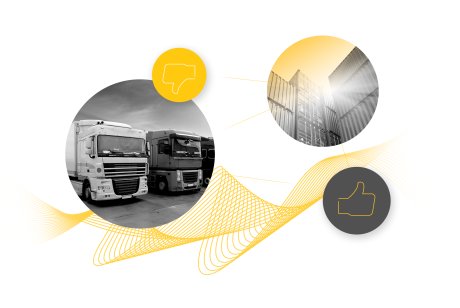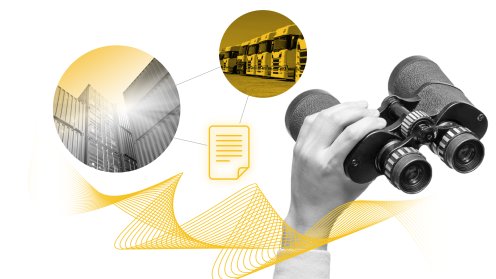Carrier profiling is helping shippers minimise their exposure to the spot market by improving spot freight tender acceptance rates.
One of the largest obstacles procurement teams face is spot freight. With tender rejection rates increasing in an unpredictable market, spot freight is more frequent - and certainly more costly - than ever before. All too often, procurement teams are left with little time to secure spot capacity and are reliant on antiquated bid systems to cover freight and meet transportation schedules. This leaves little time for rate negotiation and generally results in inflated spot freight spend.
Machine learning and behavioural science technologies are paving the way to a better, more efficient path to spot rate procurement. This technology delivers a robust carrier profiling system to match available spot freight to the best-suited carriers, at the best rate, based on historical data and engagement metrics. This article explores how carrier profiling works and how it improves spot freight tender acceptance rates and builds a more engaged carrier network.



